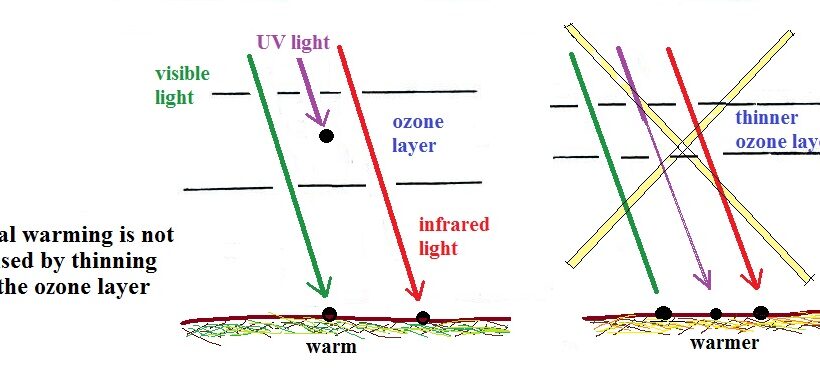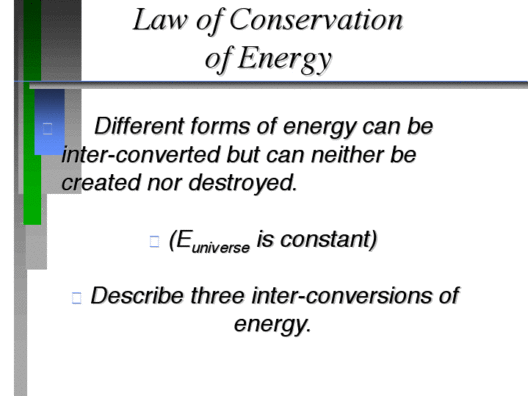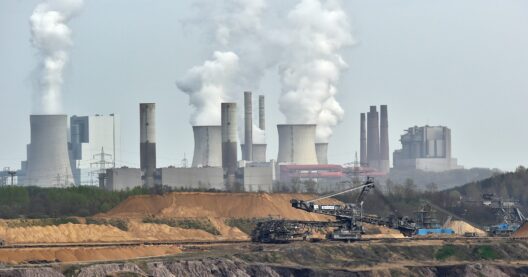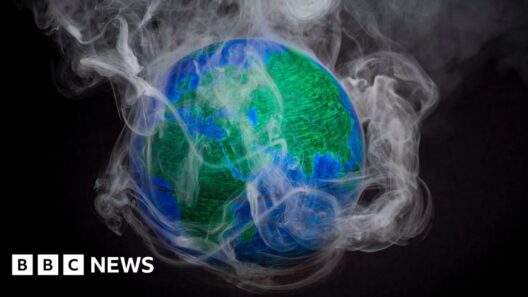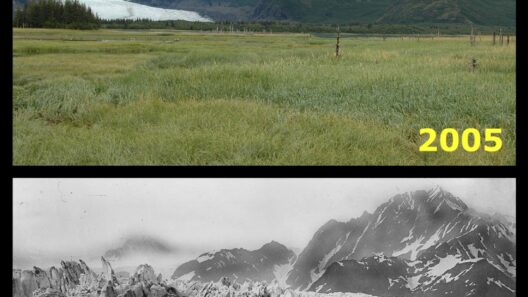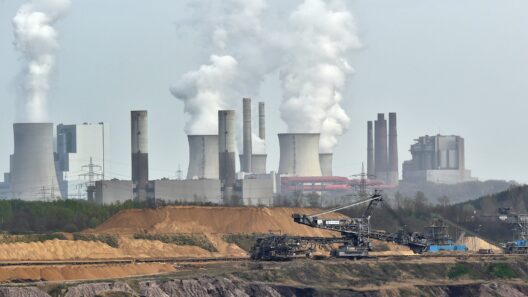Global warming has emerged as one of the most pressing environmental issues of our time, igniting intense debates, discussions, and calls for action. At the crux of this phenomenon lies a fundamental question: is global warming caused by incoming or outgoing infrared radiation? To explore this complex interplay, it is essential to delve into the nature of radiation itself, the mechanisms of the Earth’s energy balance, and how anthropogenic activities are exacerbating this natural phenomenon.
The Earth receives energy primarily from the Sun in the form of electromagnetic radiation, predominantly visible light and ultraviolet radiation. This incoming radiation is essential for sustaining life, driving photosynthesis in plants, and regulating the planet’s climate. However, when discussing global warming, it is critical to consider how this incoming energy is counterbalanced by the outgoing infrared radiation emitted by the Earth’s surface.
Upon absorption of solar energy, the Earth’s surface warms up and emits this energy back into the atmosphere in the form of longwave infrared radiation. The balance between incoming shortwave solar radiation and outgoing longwave infrared radiation establishes the Earth’s energy equilibrium. In an ideal scenario, the amount of energy received from the Sun should equal the energy emitted back into space. However, human activities, especially since the Industrial Revolution, have interfered with this natural balance.
One of the primary contributors to this disruption is the accumulation of greenhouse gases (GHGs) in the atmosphere. Carbon dioxide (CO2), methane (CH4), and nitrous oxide (N2O) are emitted through burning fossil fuels, deforestation, and industrial processes. These gases possess a unique capability: they absorb outgoing infrared radiation and re-emit it in all directions, effectively trapping heat within the atmosphere. This phenomenon is commonly referred to as the greenhouse effect. As the concentration of GHGs increases, more heat is retained, leading to a rise in global temperatures.
To illustrate the significance of the greenhouse effect, consider this analogy: envision a car parked in the sun with all its windows closed. The sun’s rays penetrate the glass and warm the interior, but the heat struggles to escape. This situation mirrors how the greenhouse effect operates on a planetary scale. The gases in the atmosphere create a ‘blanket’ that retains heat, preventing it from escaping into space.
Scientific data supports the notion that recent increases in global temperatures correlate closely with rising levels of atmospheric CO2. The Intergovernmental Panel on Climate Change (IPCC) has presented compelling evidence detailing how human-induced emissions have altered the composition of our atmosphere to an unprecedented degree, leading to notable increases in global temperatures.
This raises another essential aspect to explore: the feedback loops inherent in the climate system. As temperatures rise, they can trigger a cascade of events that further enhance the greenhouse effect. For instance, the melting of polar ice caps reduces the Earth’s albedo (reflectivity), meaning that more solar energy is absorbed rather than reflected back into space. This further amplifies warming, creating a vicious cycle where temperature increases prompt further warming.
In addition to ice melt, permafrost degradation poses another significant concern. As global temperatures rise, frozen organic material in permafrost thaws, leading to the release of additional carbon and methane into the atmosphere. This feedback not only raises greenhouse gas concentrations but also accelerates the pace of climate change.
It is important also to acknowledge other contributing factors to climate dynamics beyond just GHGs. Land use changes, such as deforestation and agriculture, impact both carbon storage and local climates. Urbanization alters surface properties, creating heat islands that exacerbate local temperature increases. Thus, the issue of global warming is multifaceted, involving numerous interconnected elements that complicate the effects of incoming versus outgoing radiation.
Furthermore, while the focus often resides on the role of GHGs, it is necessary to recognize the influence of aerosols—tiny particles suspended in the atmosphere. Aerosols can reflect solar radiation, causing a cooling effect. However, their complex interactions with clouds and weather patterns complicate predictions regarding climate impacts, adding another layer of uncertainty to climate models.
In conclusion, global warming is fundamentally a consequence of disturbances in the balance between incoming solar radiation and outgoing infrared radiation. Human actions, particularly the emissions of greenhouse gases, have disrupted this delicate equilibrium, leading to an increase in global temperatures. The role of feedback mechanisms further complicates the picture, with ice melting and permafrost thawing exacerbating the situation. Addressing climate change requires a comprehensive understanding of these dynamics, along with concerted global efforts to reduce greenhouse gas emissions and implement sustainable practices.
The dialogue surrounding global warming is crucial not just for understanding the phenomenon itself, but also for inspiring collective action aimed at mitigating its effects. Educating ourselves on the intricacies of climate dynamics is essential to fostering a responsible stewardship of our planet, ensuring a habitable future for generations to come.



